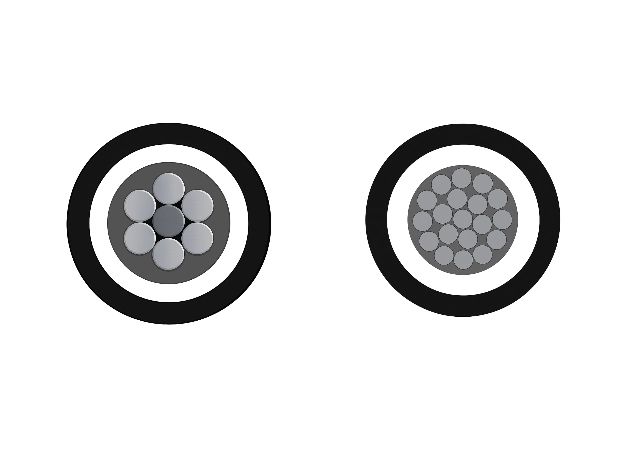NAYY-J and NAYY-O 0.6/1kV Low Voltage Power Cable
- Voltage Rating(Uo/U) 0.6/1kV(Um =1.2kV)
- Working Temperature -40℃ to +90℃
- System frequency range(Hz) 49 - 61
Construction
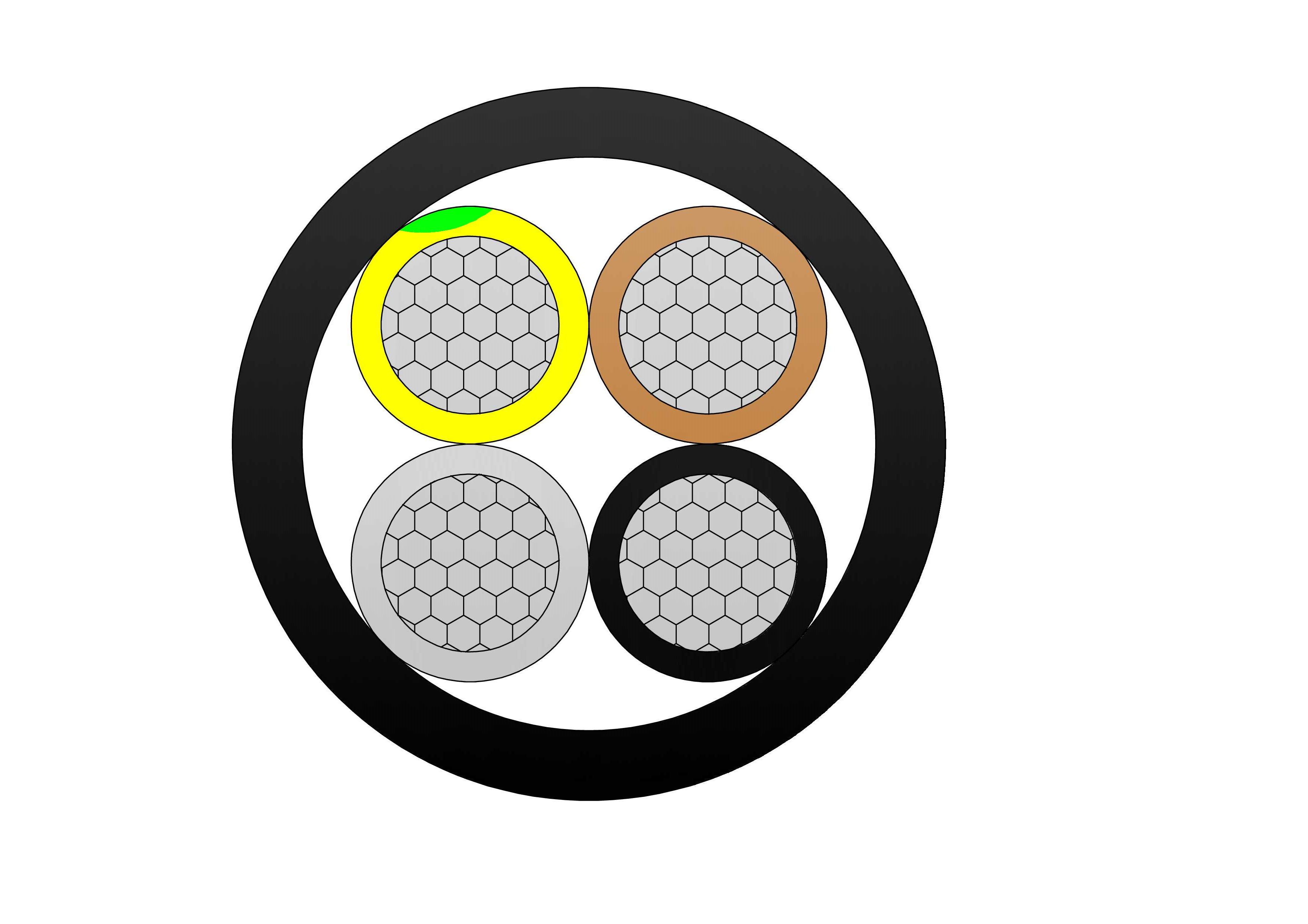
Conductor
Insulation
Sheath
Manufacturer Standard
Flame retardant
Halogen Free
Insulation Identification
3 core: Blue Brown Green/Yellow
4 core: Green/Yellow Blue Brown Green/Yellow Brown Black Grey
5 core: Green/Yellow Blue Brown Black Grey
NAYY-O: 1 core: Black
3 core: Black Brown Grey
4 core: Blue Brown Black Grey
5 core: Blue Brown Black Grey Black
Application
Technical Specifications
| No of Cores |
Nominal Cross Section Area |
Nominal Thickness of insulation |
Nominal Thickness of sheath |
Nominal Diameter |
Approximate Weight |
| mm2 | mm | mm | mm | kg/km | |
| 1 | 1.5 | ||||
| 1 | 2.5 | ||||
| 1 | 4 | ||||
| 1 | 6 | ||||
| 1 | 10 | ||||
| 1 | 16 | 1 | 1.8 | 10.5 | 145.0 |
| 1 | 25 | 1.2 | 1.8 | 12 | 195 |
| 1 | 35 | 1.2 | 1.8 | 13.5 | 255 |
| 1 | 50 | 1.4 | 1.8 | 15.4 | 298 |
| 1 | 70 | 1.4 | 1.8 | 17 | 383 |
| 1 | 95 | 1.6 | 1.8 | 19 | 490 |
| 1 | 120 | 1.6 | 1.8 | 20 | 575 |
| 1 | 150 | 1.8 | 1.8 | 22 | 695 |
| 1 | 185 | 2 | 1.8 | 25 | 845 |
| 1 | 240 | 2.2 | 1.8 | 28 | 1100 |
| 1 | 300 | 2.4 | 1.9 | 30 | 1379 |
| 1 | 400 | 2.6 | 2 | 34 | 1615 |
| 1 | 500 | 2.8 | 2.1 | 37 | 2015 |
| 1 | 630 | 2.8 | 2.2 | 43 | 2472 |
| 3 | 300 | 2.4 | 3 | 59 | 4500 |
| 4 | 6 | 1 | 1.8 | 17 | 377 |
| 4 | 10 | 1 | 1.8 | 19 | 470 |
| 4 | 16 | 1.2 | 1.8 | 24 | 750 |
| 4 | 25 | 1.2 | 1.8 | 25 | 950 |
| 4 | 35 | 1.2 | 1.8 | 28.1 | 1120 |
| 4 | 50 | 1.4 | 1.9 | 29.5 | 1151 |
| 4 | 70 | 1.4 | 2.1 | 33.4 | 1549 |
| 4 | 95 | 1.6 | 2.2 | 39 | 2030 |
| 4 | 120 | 1.6 | 2.4 | 43 | 2400 |
| 4 | 150 | 1.8 | 2.5 | 46 | 3030 |
| 4 | 185 | 2 | 2.7 | 51 | 3650 |
| 4 | 240 | 2.2 | 2.9 | 58 | 4800 |
| 4 | 300 | 2.4 | 3 | 65.5 | 5685 |
| 5 | 10 | 1 | 1.8 | 19.3 | 585 |
| 5 | 16 | 1 | 1.8 | 21.8 | 938 |
| 5 | 25 | 1.2 | 1.8 | 27.1 | 1188 |
| 5 | 35 | 1.2 | 1.8 | 30.2 | 1375 |
| 5 | 50 | 1.4 | 1.8 | 36.2 | 1720 |
| 5 | 70 | 1.4 | 2.1 | 44 | 2240 |
| 5 | 95 | 1.6 | 2.1 | 47 | 3060 |
| 5 | 120 | 1.6 | 2.4 | 53 | 3580 |
| 5 | 150 | 1.8 | 2.5 | 56 | 4400 |
| 5 | 185 | 2 | 2.7 | 59 | 5481 |
| 5 | 240 | 2.2 | 2.9 | 71 | 7000 |
Quality Control
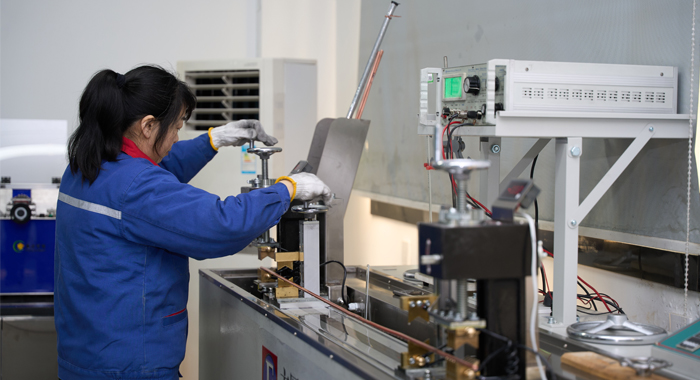
Raw Material Test
For the NAYY-J and NAYY-O 0.6/1kV Low Voltage Power Cable, raw material testing begins with aluminium ingot/rod certification for alloy and conductivity. PVC resins undergo viscosity, K-value, and monomer analysis. Stabilizers/plasticizers are quantified for migration risk. Earth core coloring (NAYY-J) faces light fastness tests. Compounds are tested for dielectric strength and thermal endurance. The structured process: receipt documentation review, random sampling, physical/mechanical testing, chemical verification, accelerated aging trials, and material release. This rigorous evaluation secures defect-free inputs, establishing the foundation for the NAYY-J and NAYY-O 0.6/1kV Low Voltage Power Cable's conductivity, insulation reliability, and environmental performance in low-voltage fixed installations.
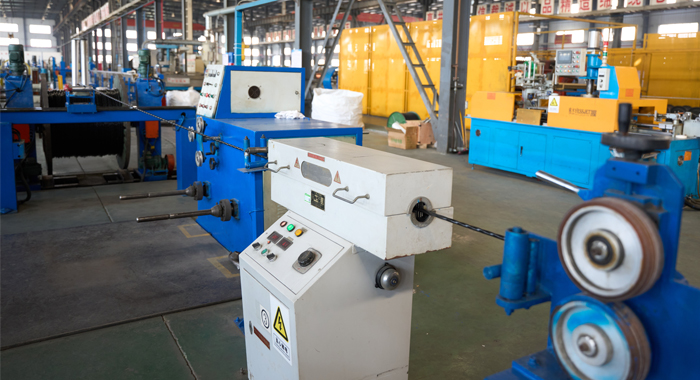
Process inspection
Process inspection in NAYY-J and NAYY-O 0.6/1kV Low Voltage Power Cable production involves multi-point checks. Aluminium forming monitors strand compactness and defects. Core insulation extrusion ensures adhesion with thickness gauges. Assembly stages verify core arrangement (earth inclusion for NAYY-J) and filler. Outer sheath extrusion includes spark testing and eccentricity measurement. Printing durability and color consistency are assessed. Critical steps: pre-extrusion mixing verification, line speed/temperature control, in-process voltage testing, cross-section sampling, core identification checks, and defect removal. This ensures the NAYY-J and NAYY-O 0.6/1kV Low Voltage Power Cable achieves uniform construction, reliable insulation, and full VDE compliance.
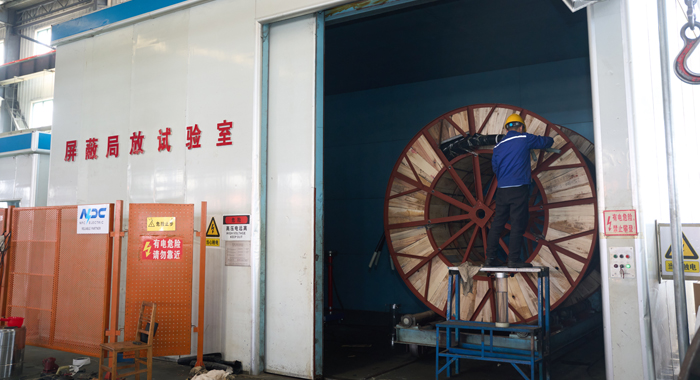
Finished Product
Completed NAYY-J and NAYY-O 0.6/1kV Low Voltage Power Cable is strictly tested. Key routines: DC resistance, AC voltage test, thickness checks, continuity (earth for NAYY-J), and identification verification. Flame test (vertical), cold bend, and impact confirm properties. Long-duration heat/moisture tests assess aging. The sequential process: reel sampling, test setup with bath/oven, parameter application, timed exposure, recovery inspection, re-measurement, and documentation. Additional checks cover diameter and weight. Passing all verifies the NAYY-J and NAYY-O 0.6/1kV Low Voltage Power Cable's safety, robustness, and efficiency for low-voltage transmission.
Application
Technical Advantages
Product Packaging
Related Products
FAQ From Customers
-
What are the advantages of power cables and overhead lines?(1) Reliable operation, because it is installed in a hidden place such as underground, it is less damaged by external forces, has less chance of failure, and the power supply is safe, and it will not cause harm to people; (2) The maintenance workload is small and frequent inspections are not required; (3) No need to erect towers; (4) Help improve power factor.
-
Which aspects should be considered when choosing the cross section of a power cable?(1) The long-term allowable working current of the cable; (2) Thermal stability once short circuited; (3) The voltage drop on the line cannot exceed the allowable working range.
-
What are the measures for cable fire prevention?(1) Use flame-retardant cables; (2) Use fireproof cable tray; (3) Use fireproof paint; (4) Fire partition walls and fire baffles are installed at cable tunnels, mezzanine exits, etc.; (5) Overhead cables should avoid oil pipelines and explosion-proof doors, otherwise local pipes or heat insulation and fire prevention measures should be taken.
-
What should be paid attention to during the transportation and handling of cables?(1) During transportation, loading and unloading, cables and cable reels should not be damaged. It is strictly forbidden to push the cable reels directly from the vehicle. Generally, cables should not be transported and stored flat. (2) Before transporting or rolling the cable reel, ensure that the cable reel is firm, the cable is wound tightly, the oil pipe between the oil-filled cable and the pressure oil tank should be fixed without damage, the pressure oil tank should be firm, and the pressure indication should meet the requirements.
-
What inspections should be carried out for the acceptance of cable lines?(1) The cable specifications should meet the regulations, the arrangement should be neat, no damage, and the signs should be complete, correct and clear; (2) The fixed bending radius of the cable, the related distance and the wiring of the metal sheath of the single-core power cable should meet the requirements; (3) The cable terminal and the middle head should not leak oil, and the installation should be firm. The oil pressure of the oil-filled cable and the meter setting should meet the requirements; (4) Good grounding; (5) The color of the cable terminal is correct, and the metal parts such as the bracket are completely painted; (6) There should be no debris in the cable trench, tunnel, and bridge, and the cover should be complete.

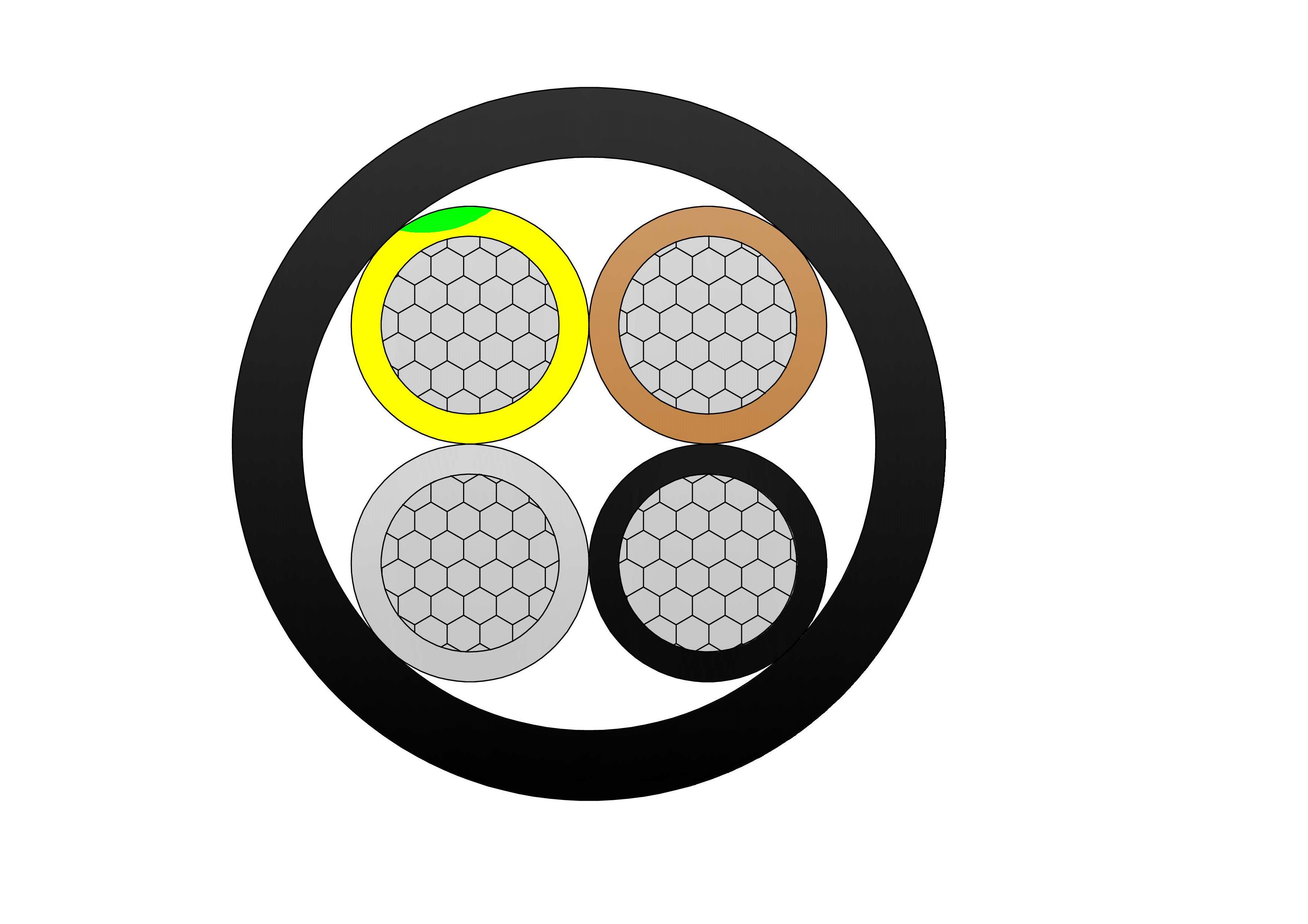

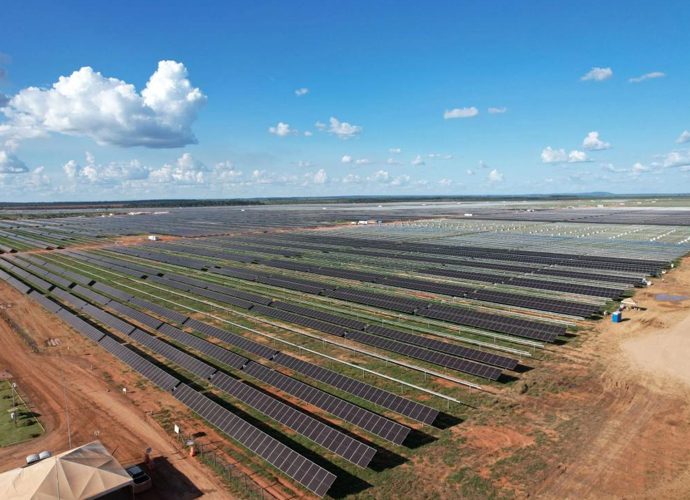
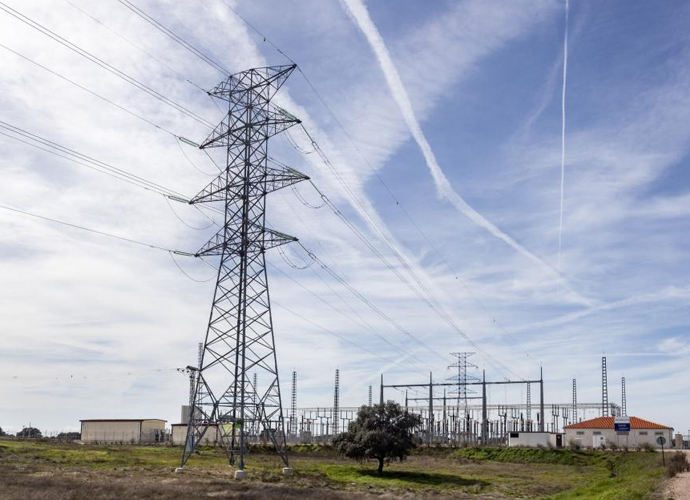
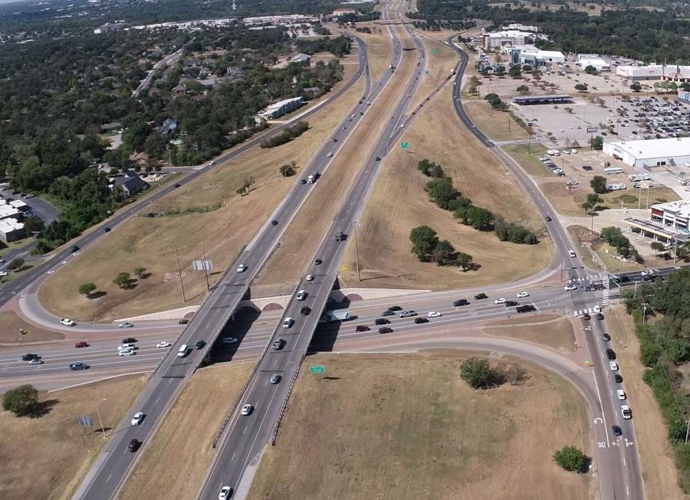
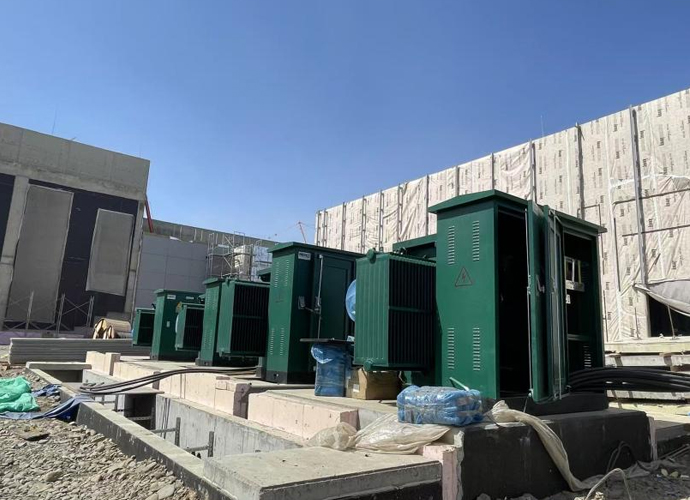
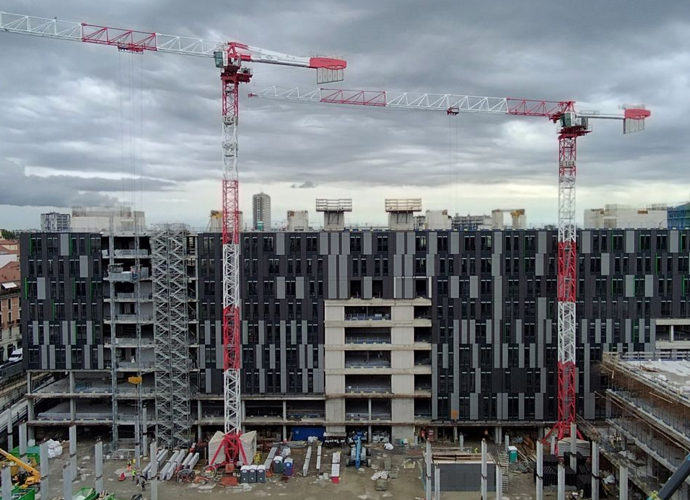
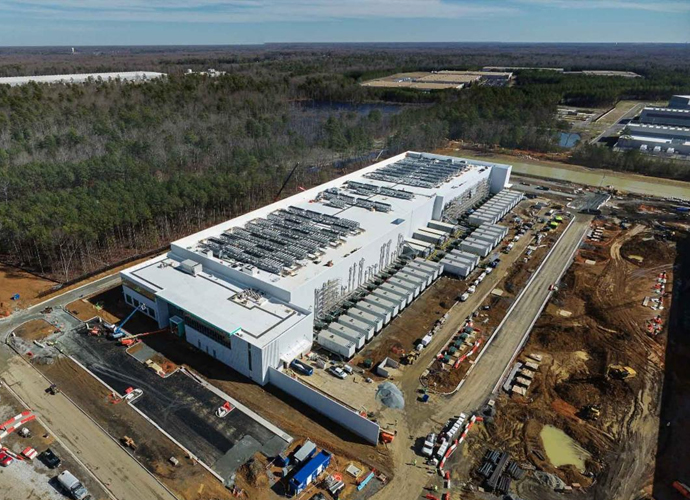
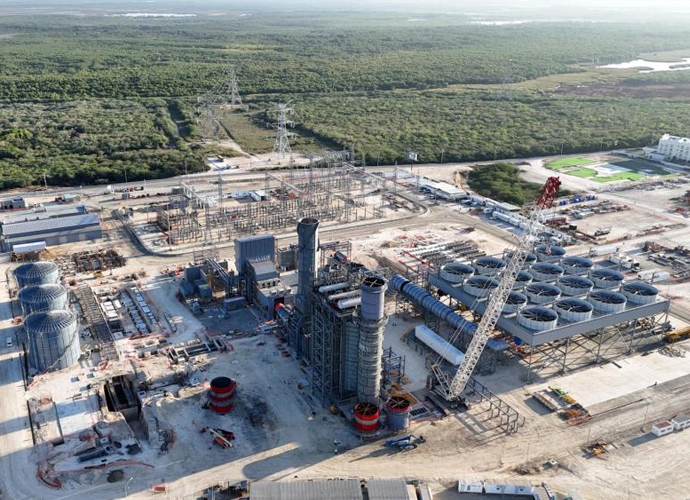
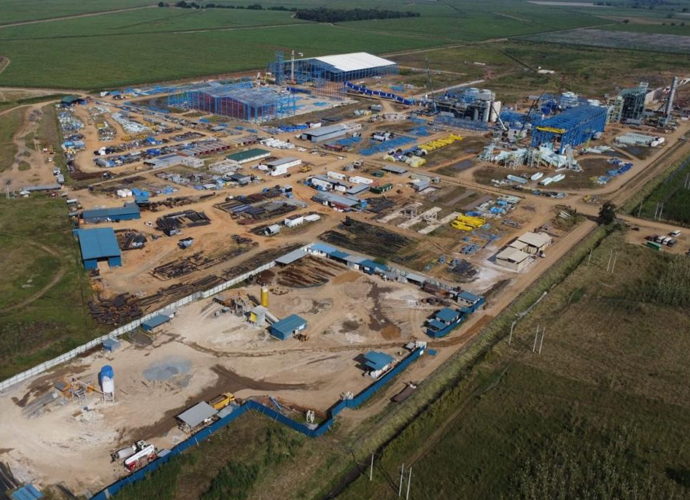
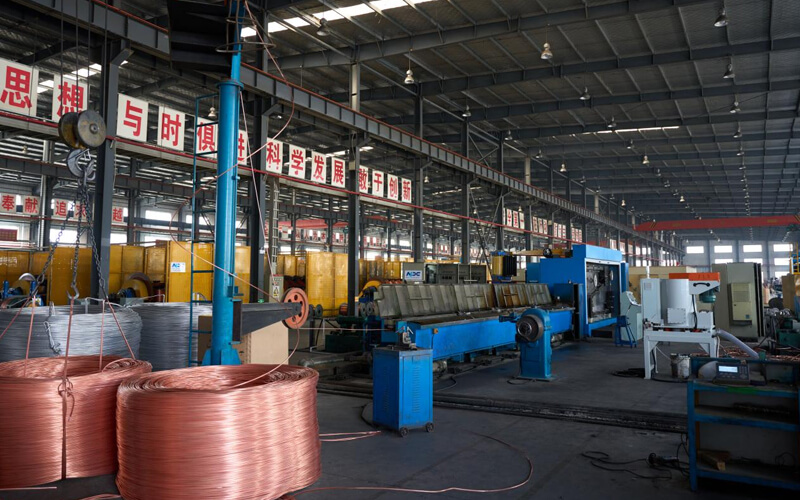
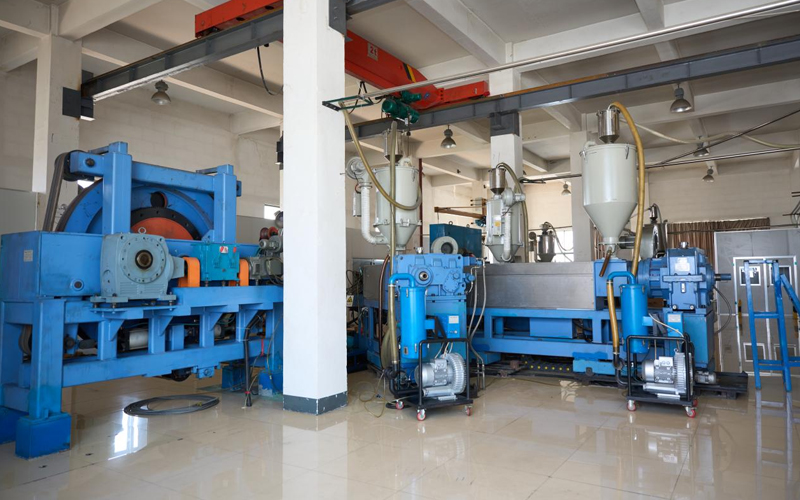
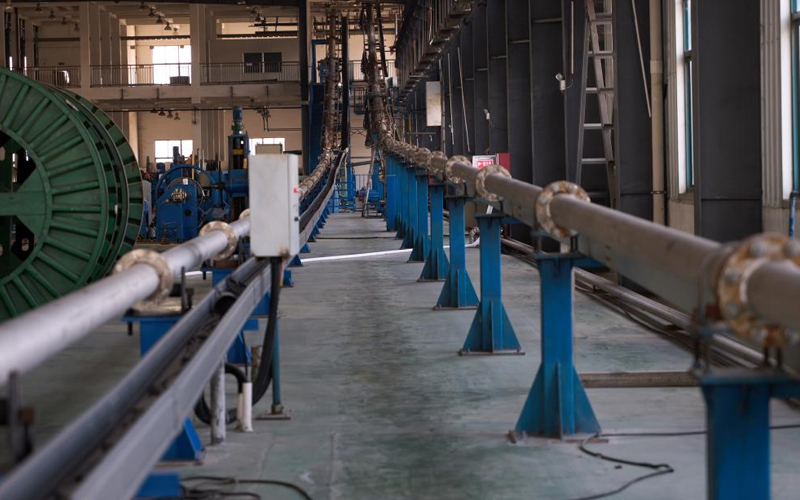
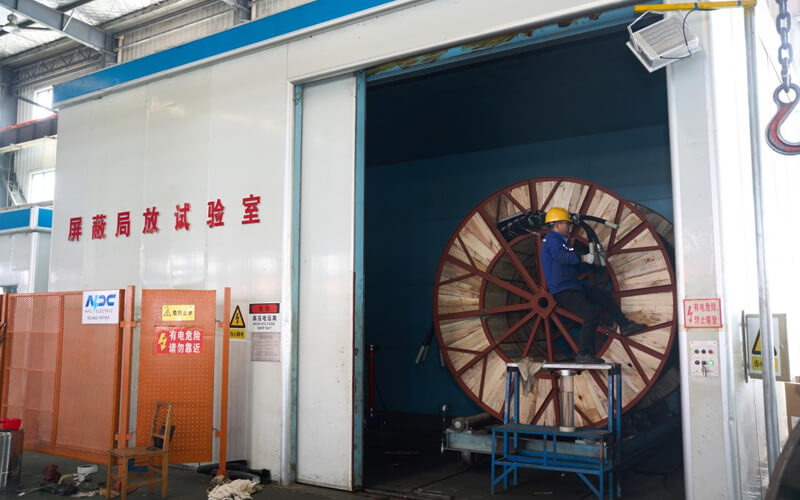
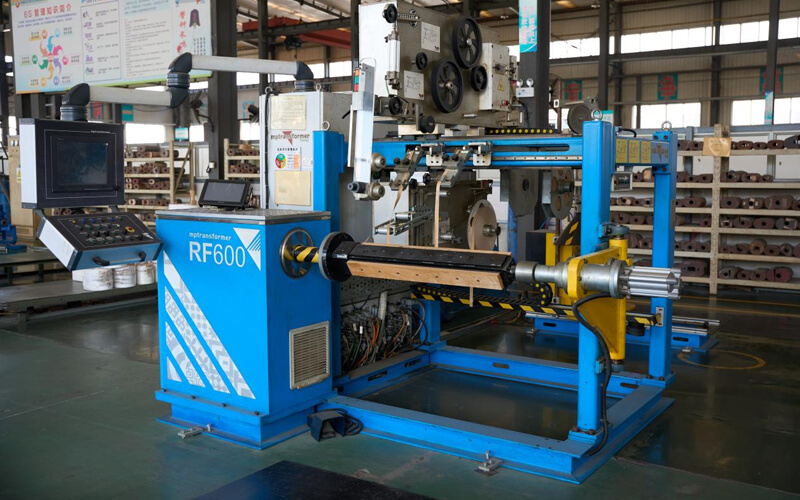
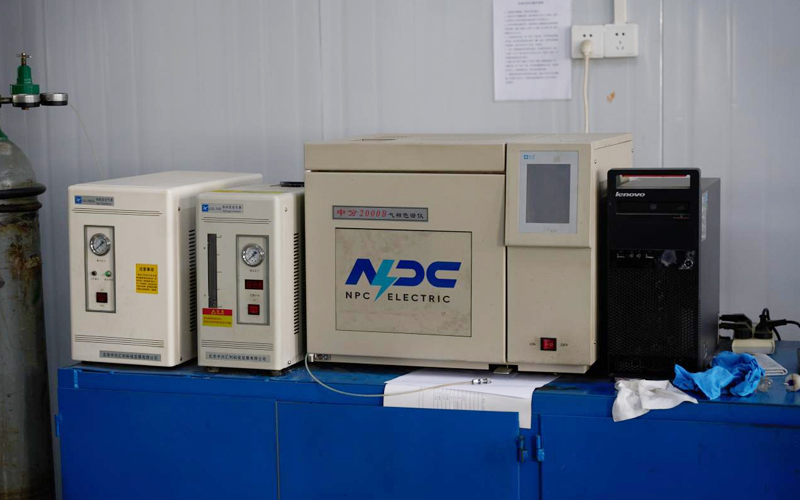
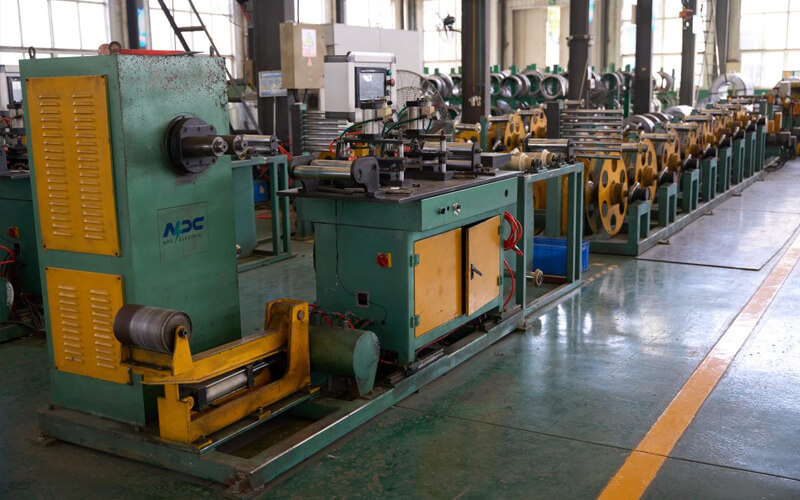
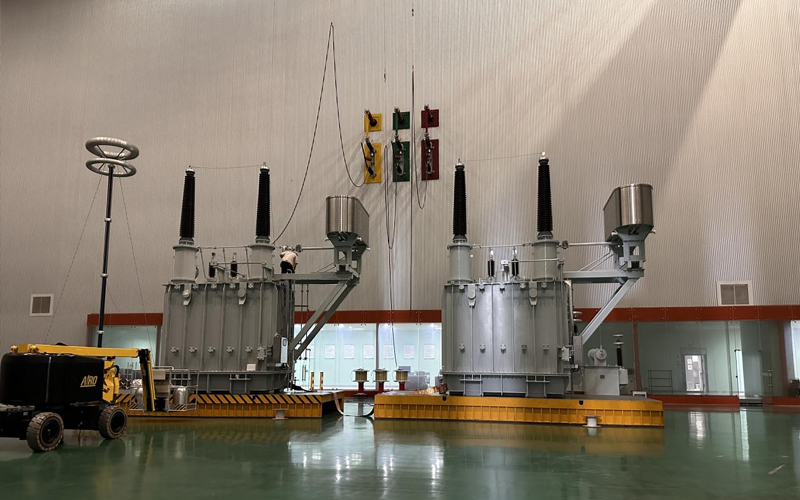
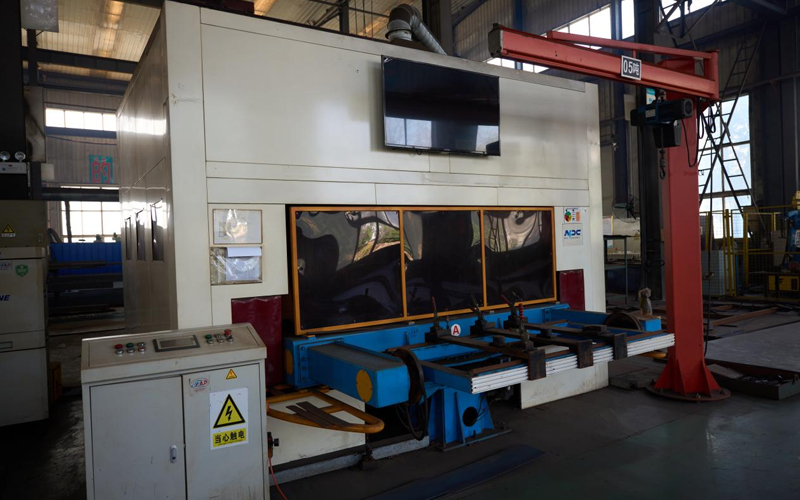
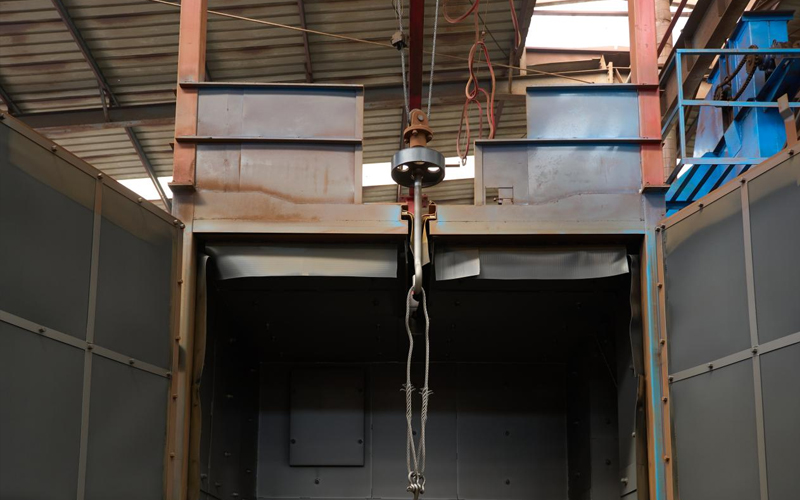
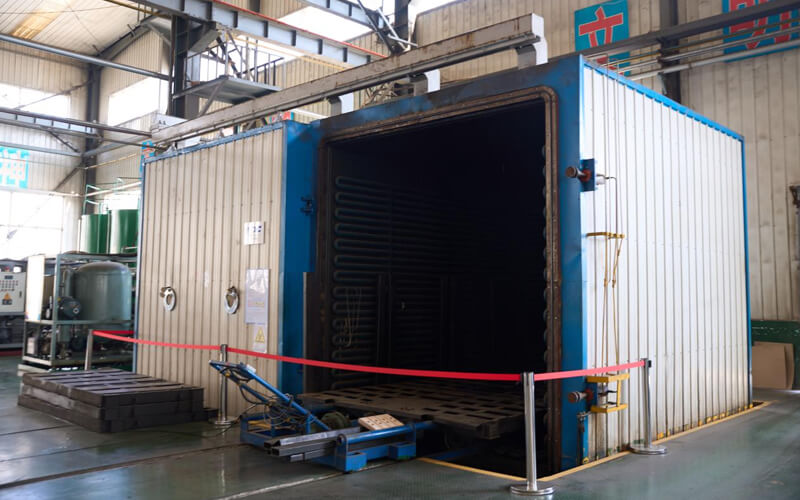
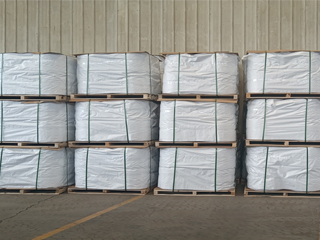
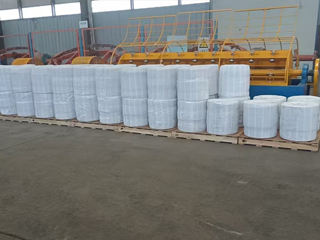
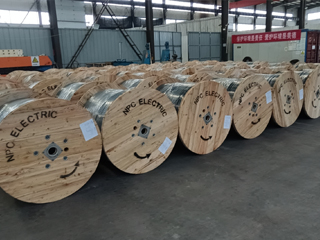
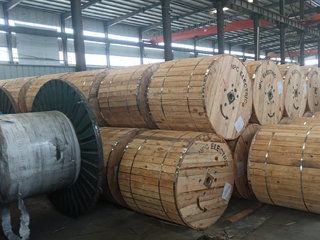
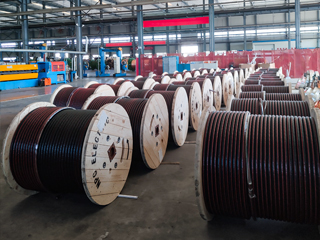
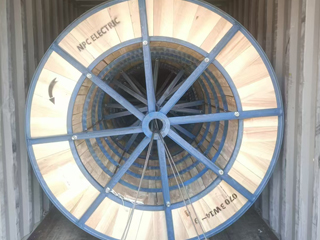
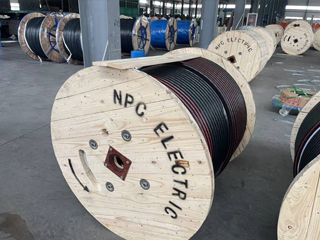
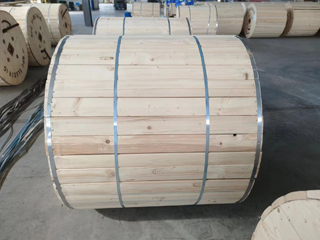
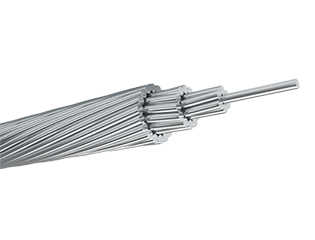
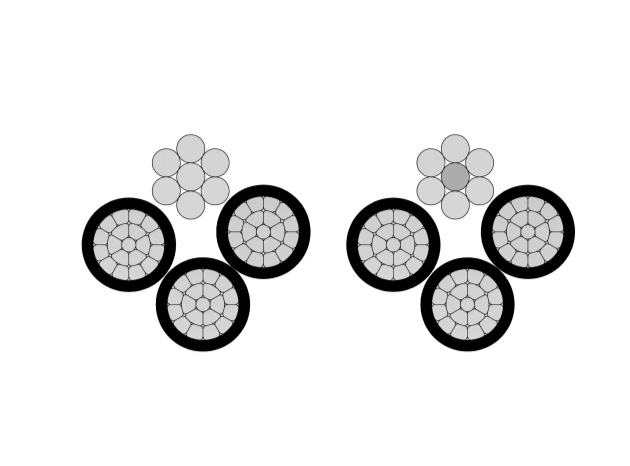
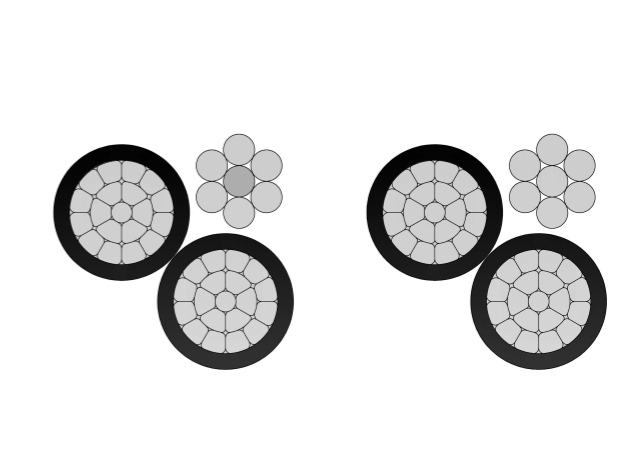
3GHSSYCY-mining-cable.webp)
2Y-high-voltage-power-cable.webp)
